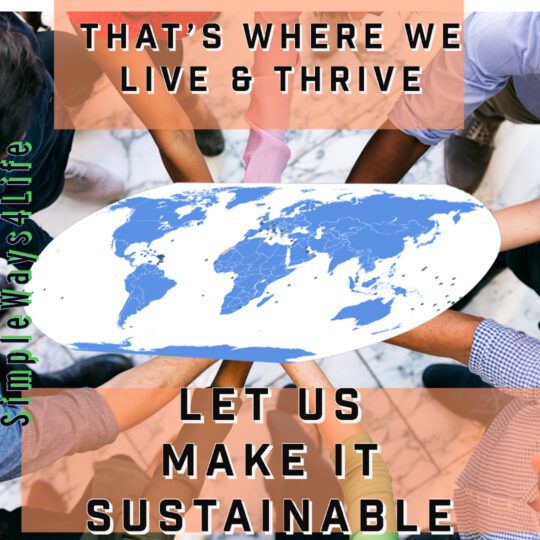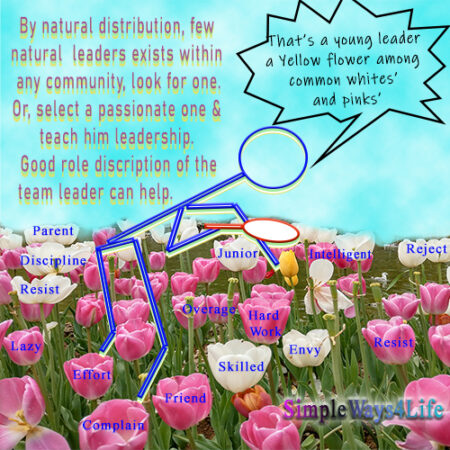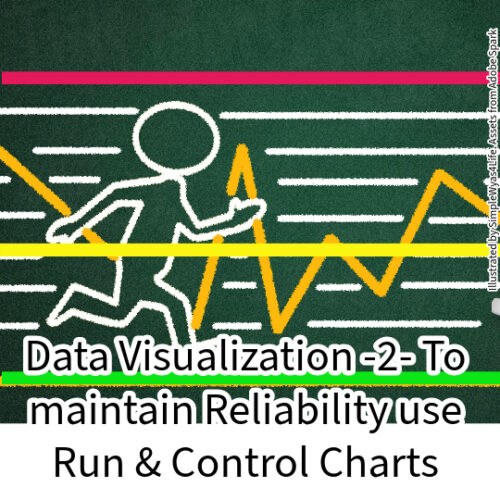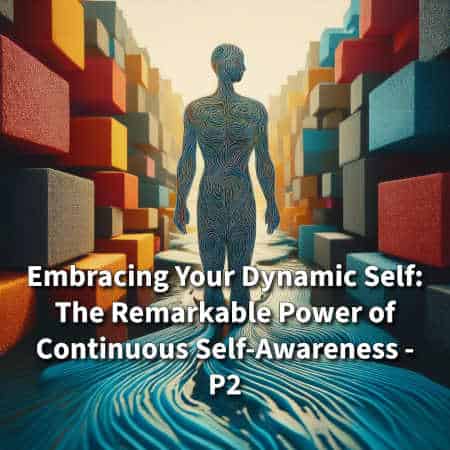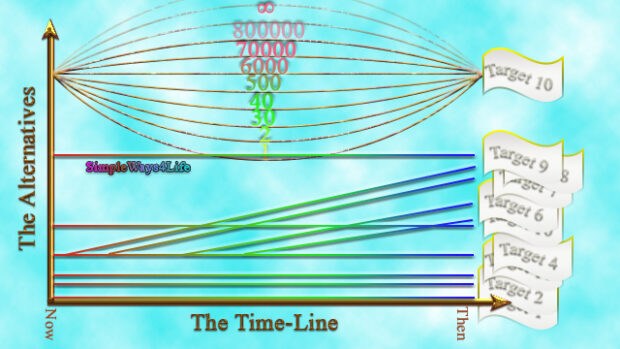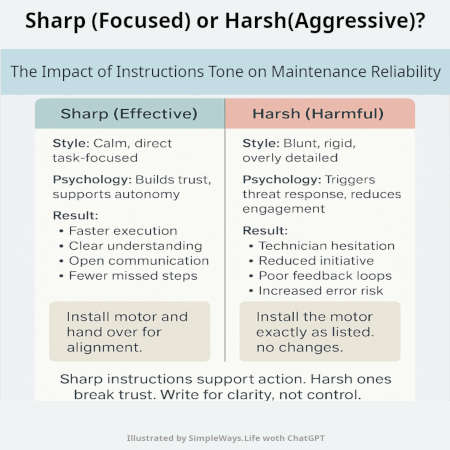Currently the main headlines and targets of global economic conferences speak mainly about the environmental sustainability. And, by default it denotes decarbonization. I used to know that the main initiative behind sustainability is the maintainability of the resources and the assets. Maintain in this context comes from the sense of maintaining it available and usable. If we return to the literal definition of the word sustainable from Merriam-Webster; it is “using a resource so that the resource is not depleted or permanently damaged”.
Ecological, economic & Social Sustainability
On 1987, the Brundtland Report “Our Common Future” laid The foundations of current sustainability goals . Brundtland was the former prime minister of Netherlands. And he lead on 1983 the UN World Commission on Environment and Development. The original call for this research was to formulate long-term environmental strategies for achieving sustainable development by the year 2000 and beyond. And, to consider ways and means by which the international community can deal more effectively with environment concerns.
Although the report mentioned the environment almost in each paragraph, the report forward was clear on the fact that we need to solve other problems to reach to environment sustainability. The final report says:
When the terms of reference of our Commission were originally being discussed in 1982, there were those who wanted its considerations to be limited to “environmental issues” only. This would have been a grave mistake. The environment does not exist as a sphere separate from human actions, ambitions, and needs, and attempts to defend it in isolation from human concerns have given the very word “environment” a connotation of naivety in some political circles. The word “development” has also been narrowed by some into a very limited focus, along the lines of “what poor nations should do to become richer”, and thus again is automatically dismissed by many in the international arena as being a concern of specialists, of
those involved in questions of “development assistance”.Many critical survival issues are related to uneven development, poverty, and population growth. They all place unprecedented pressures on the planet’s lands, waters, forests, and other natural resources, not least in the developing countries. The downward spiral of poverty and environmental degradation is a waste of opportunities and of resources. In particular, it is a waste of human resources. These links between poverty, inequality, and environmental degradation formed a major theme in our analysis and recommendations. What is needed now is a new era of economic growth – growth that is forceful and at the same time socially and environmentally sustainable.
Report of the World Commission on Environment and
Development: Our Common Future
The summary of “our common future”
This summary comes from University of Alberta, Office of Sustainability. The University of Alberta decided in 2010 to instill sustainability into the many aspects of university life. That’s why they summarized the “our common future” report to be able to drive their own definition of sustainability. Because, for sustainability to remain a relevant, useful tool, it is important that it adapt to the local context.
After four years, the “Brundtland Commission” released its final report, Our Common Future. It famously defines sustainable development as: development that meets the needs of the present without compromising the ability of future generations to meet their own needs.
The Commission successfully unified environmentalism with social and economic concerns on the world’s development agenda.
University of Alberta, Office of Sustainability
Sustainability is a holistic approach that considers ecological, social and economic dimensions, recognizing that all must be considered together to find lasting prosperity.
The Summary points out three types of Sustainability:
Environmental Sustainability
While Ecological integrity is maintained and all of earth’s environmental systems are kept in balance; natural resources within them are consumed by humans at a rate where they are able to replenish themselves.
Economic Sustainability
Human communities across the globe are able to maintain their independence and have access to the resources that they require, financial and other, to meet their needs. Economic systems are intact and activities are available to everyone, such as secure sources of livelihood.
Social Sustainability
Universal human rights and basic necessities are attainable by all people, who have access to enough resources in order to keep their families and communities healthy and secure. Healthy communities have just leaders who ensure the respect of personal, labor and cultural rights and protects people from discrimination.
What are the UN Sustainable Development Goals?
- No Poverty
- Zero Hunger
- Good Health and Well-being
- Quality Education
- Gender Equality
- Clean Water and Sanitation
- Affordable and Clean Energy
- Decent Work and Economic Growth
- Industry, Innovation and Infrastructure
- Reduced Inequality
- Sustainable Cities and Communities
- Responsible Consumption and Production
- Climate Action
- Life Below Water
- Life On Land
- Peace, Justice, and Strong Institutions
- Partnerships for the Goals
Although, you can see that most of these goals are not focusing on the environment, the media main stream has adopted the proclamation of environmental sustainability as the solution to all our problems. Therefore, after reading those facts about the UN declared SDGs -Sustainable Development Goals – you can easily smell other hidden goals behind this decarbonization rush. Mean while, those intentions are not clear in the time being. So, lets return our focus to maintenance and industry.
Industrial Sustainability & Maintenance
After delving deep into the formal and original sustainability goals, lets link it to the maintenance profession. So we drive the sustainability definition to the maintenance field so we can understand it from local perspectives of maintenance and industry. Certainly, the main target of maintenance is to maintain or sustain the assets used in production. And, to rationalize the use of the parts and consumables as lubricants. Consequently, there will be less need for new resources from parts and lubricants. Then, we shall decrease the wastes from the replaced parts and lubricants. At the end, we shall be rewarded by lower maintenance cost. Lowering the maintenance cost improve profitability and allows for a margin for lowering the price of the final product. This decreased price helps the consumers being comfortable while purchasing the product. This support the third pillar which is Social Sustainability.
UN SDG #9, Industry, innovation and infrastructure
Firstly, develop quality, reliable, sustainable and resilient infrastructure, including regional and trans-border infrastructure, to support economic development and human well-being, with a focus on affordable and equitable access for all.
Then, promote inclusive and sustainable industrialization and, by 2030, significantly raise industry’s share of employment and gross domestic product, in line with national circumstances, and double its share in least developed countries.
After that, increase the access of small-scale industrial and other enterprises, in particular in developing countries, to financial services, including affordable credit, and their integration into value chains and markets.
By 2030, upgrade infrastructure and retrofit industries to make them sustainable, with increased resource-use efficiency and greater adoption of clean and environmentally sound technologies and industrial processes, with all countries taking action in accordance with their respective capabilities.
Mostly, enhance scientific research, upgrade the technological capabilities of industrial sectors in all countries, in particular developing countries, including, by 2030, encouraging innovation and substantially increasing the number of research and development workers per 1 million people and public and private research and development spending.
Facilitate sustainable and resilient infrastructure development in developing countries through enhanced financial, technological and technical support to African countries, least developed countries, landlocked developing countries and small island developing States.
Support domestic technology development, research and innovation in developing countries, including by ensuring a conducive policy environment for, inter alia, industrial diversification and value addition to commodities.
Significantly increase access to information and communications technology and strive to provide universal and affordable access to the Internet in least developed countries by 2020.
In Conclusion,
The real sustainability is not only ecological. Sustainability has three (3) pillars: Environmental, economic and social. The final report of the “Brundtland Commission” states clearly that we can’t achieve the environmental goals without firstly establishing a strong ground for the economic and social development. Then the societies and economies will support the environment. And, the healthy sustained environment will support the thrive of the economics and societies.
In order to reach to a sustainable industry we need to localize the sustainability understanding to every pillar of the industry. Maintenance as one of the prime pillars of industry carries the sustainability initiative in its name. In other words, to maintain the assets means to sustain the assets in the desired productive state for ever while not compromising the product cost or the time available for production. This means that high maintenance costs, high wastes from maintenance and extended maintenance time need to be rationalized while sustaining the assets in good condition forever.
References
- Report of the World Commission on Environment and Development: “Our Common Future”
- What is sustainability? by the Office of Sustainability at the University of Alberta
If you feel you need help with any of these ideas we discussed, request a Management Consultancy or Coaching Services From our Store

